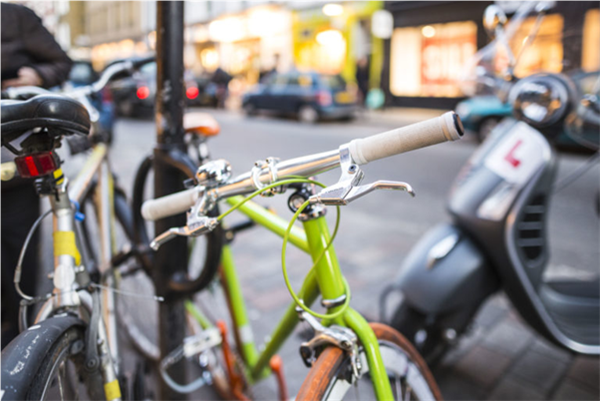|
||||
|
||||
|
|
||||
|
With the increase in warmer weather and lighter nights we are seeing an increase in cyclists.
Please find below some information from the THINK! Website regarding cycle safety
Safe and responsible cycling involves thinking about and doing five things:
1. Making good and frequent observations Make sure you are aware of who else is around you, and how far away they are. Be aware of potential hazards.
2. Choose the most suitable riding position for each point in your journey You should keep at least 0.5 metres (just over 1.5 feet) away from the kerb edge (and further where it is safer) when riding on busy roads with vehicles moving faster than you. You may ride in the centre of your lane, known as the ‘primary position’, on quiet roads, in slower-moving traffic and at the approach to junctions or road narrowings. If you are riding with others, you may ride 2 abreast, particularly in larger groups or when accompanying children or less experienced riders. At junctions with no separate cyclist facilities, you should position yourself as if you were driving a motor vehicle: Position yourself in the centre of your chosen lane, where you feel able to do this safely, to make yourself as visible as possible and to avoid being overtaken. People cycling are asked to be aware of people driving behind them and allow them to overtake (for example, by moving into single file or stopping) when it’s safe to do so. Take care when passing parked vehicles, leaving enough room (a door’s width or 1 metre) to avoid being hit if a car door is opened, and watch out for pedestrians stepping into your path. Use cycling infrastructure where it makes your journey safer and easier. This will depend on your experience and skills and the situation at the time. While such facilities are provided for reasons of safety, cyclists may exercise their judgement and are not obliged to use them.
3. Communicating intentions clearly to others If there are other road users, you can signal to show them what you plan to do, make eye contact where possible.
4. Understanding priorities on the road When turning into or out of a side road, you should give priority to people crossing or waiting to cross. As part of the hierarchy of road users those that can cause greater harm have more responsibility to reduce the risk that they may pose to others. When you are cycling straight ahead at a junction, you have priority over traffic waiting to turn into or out of a side road, unless road signs or markings indicate otherwise. You may pass slower-moving or stationary traffic on their right or left. You should proceed with caution as people driving may not be able to see you. You must obey all traffic signs and traffic light signals.
5. Be prepared Always use lights after dark or when visibility is poor. Light-coloured or fluorescent clothing can help other road users to see you in daylight and poor light, while reflective clothing and/or accessories (belt, arm or ankle bands) can increase your visibility in the dark. You should avoid clothes that may get tangled in the chain, or in a wheel or may obscure your lights when you are cycling. Wear a correctly fitted cycle helmet that is securely fastened and conforms to current regulations Your local council and other popular online apps can help you plan your journey by providing maps showing dedicated paths and routes. Where using shared cycles (private, docked or dockless) wash your hands for at least 20 seconds or sanitise your hands before and after cycling. You should consider improving your cycling through accessing cycle training opportunities in your area such as council-funded or private training with a qualified cycling instructor
| ||||
Reply to this message | ||||
|
||||
|
|
||||

|
|







